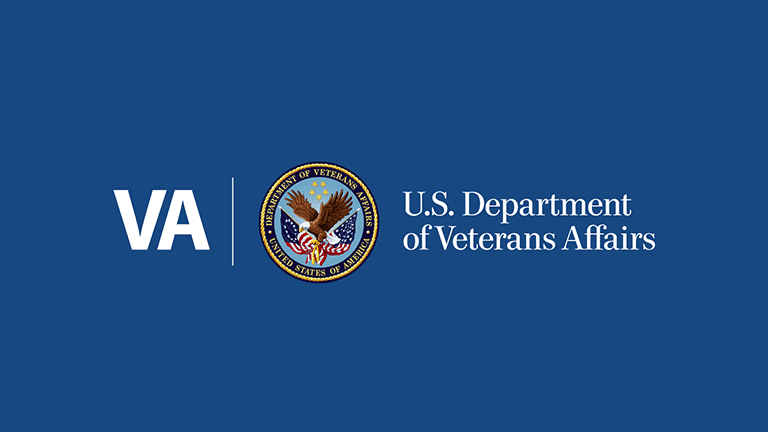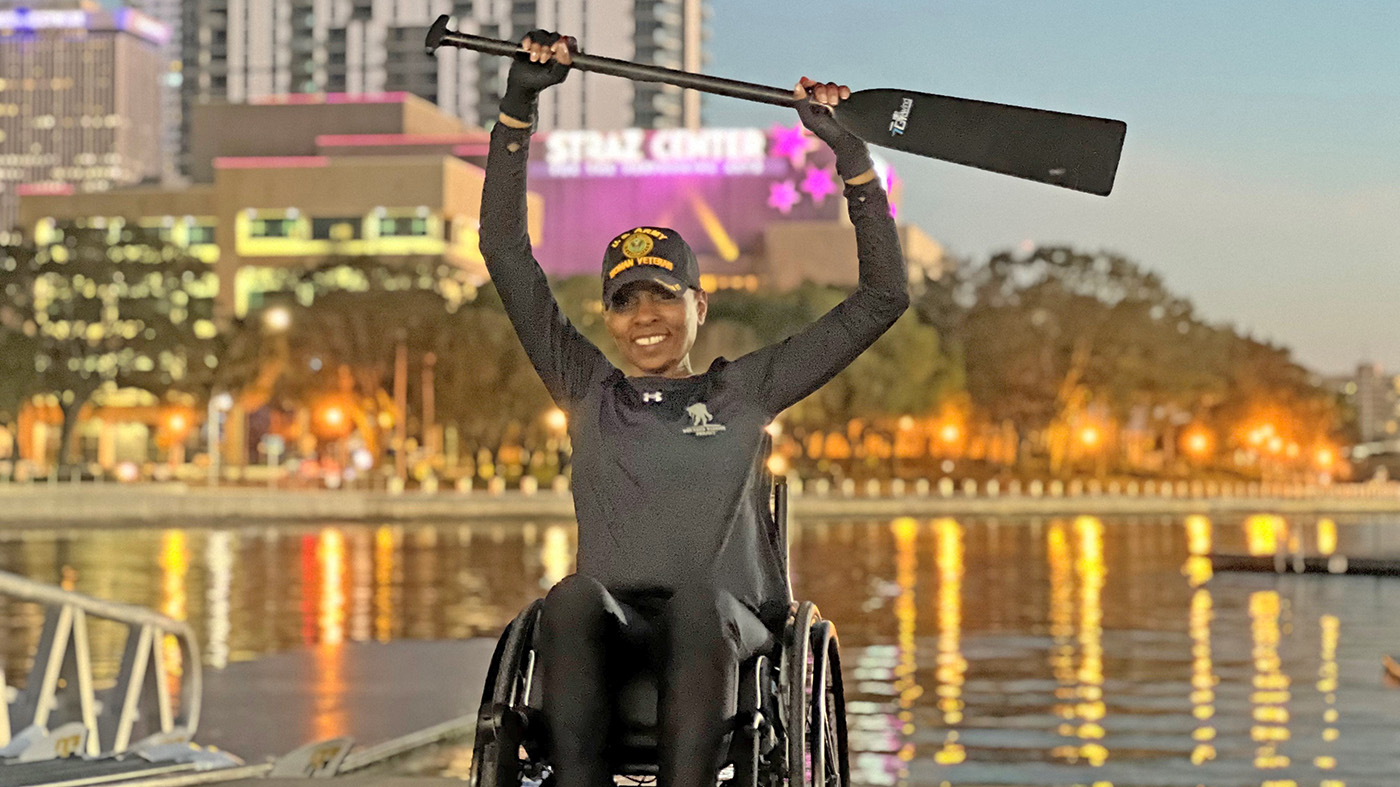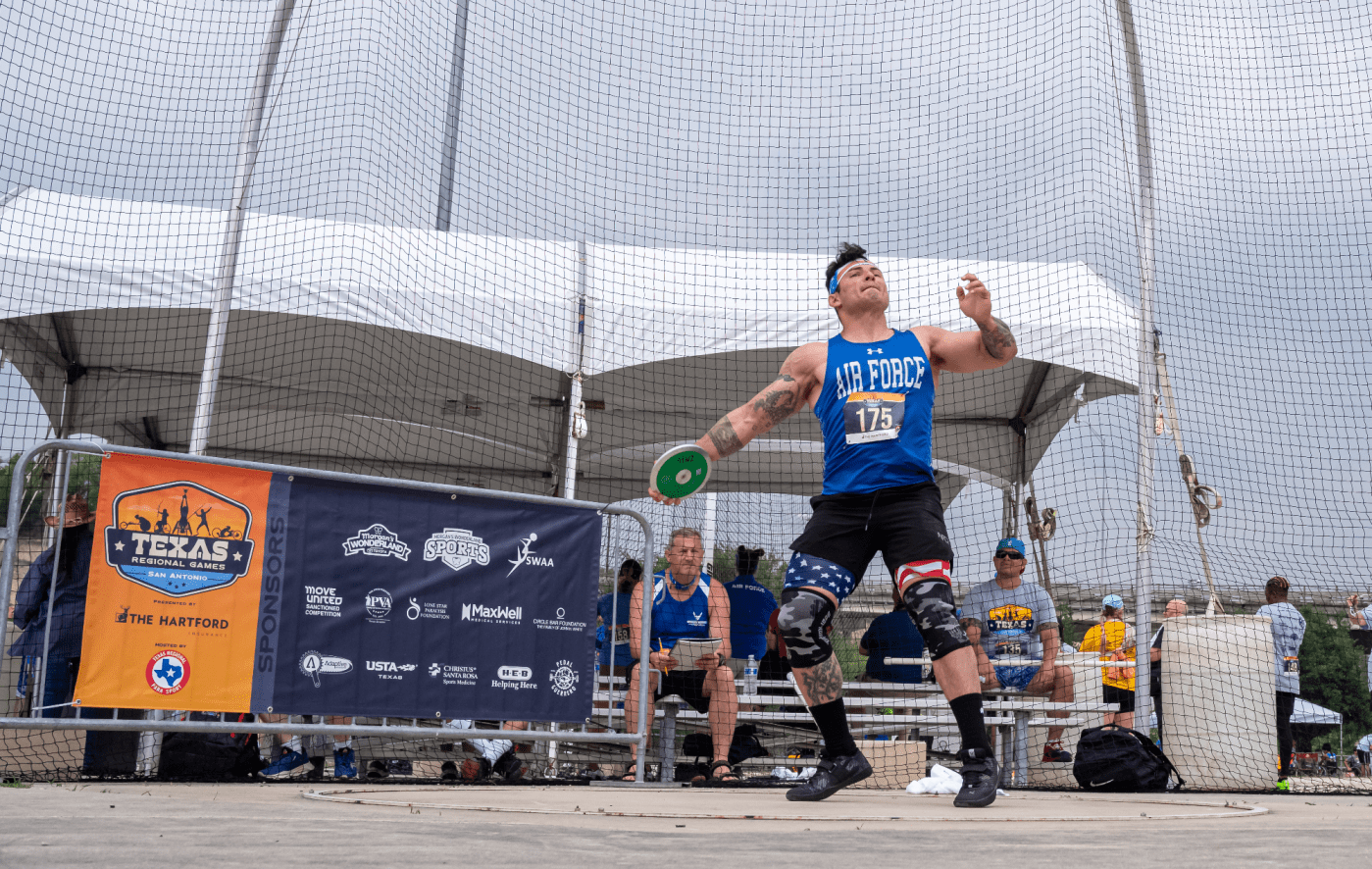
As a medical analyst, one health care trend I’m fascinated by is the growing use of telehealth. The telehealth market grew 237 percent over the last 5 years and is projected to grow by 600 percent over the next 5 years. Many health organizations are just beginning to think about telehealth – but VA has used it for years.
To learn more about how telehealth works and where it’s headed, I spoke to Dr. Adam Darkins, VA’s leader of National Telehealth Programs, about the exciting future of health care.
Telehealth improves access to care
Telehealth provides remote care using digital technologies, eliminating the need for in-person doctor office visits. It isn’t for all cases – there are plenty of reasons why a patient would need to physically be in a doctor’s office to get care; however, the goals of a doctor appointment can often be accomplished remotely. Darkins told me that 80 percent of diagnoses in medicine are based on a patient’s medical history; so many consultations can take place via telehealth with in-person confirmatory physical exams or tests occurring afterward, if needed.
Real-life telehealth users confirm the value
Imagine you’re a Korean War Veteran living in a small town in Puerto Rico, where you own and operate a small business. But, you have a chronic respiratory condition that requires you to regularly drive hours across the island to San Juan to see your specialist.
I’ve just described Thomas Baumgartner. In the video below, produced by VA, Baumgartner describes how, thanks to telehealth, he can now visit a clinic in his own town and talk to his San Juan specialist via videoconference. A nurse in the local clinic assists with taking measurements, and Baumgartner and his doctor talk to each other through the video screen.
“Twenty minutes, I’m out of there and back across the street to my office,” Baumgartner said. “Definitely would recommend it for any Veteran.”
The same video features Bruce Poole, an Iraq war Veteran whose spinal cord injury requires him to use a wheelchair. When he returned home to Buffalo, N.Y., Poole looked into counseling and found a psychologist in Cleveland, Ohio, who specializes in spinal cord injuries.
Poole wouldn’t have committed to counseling if he’d have to drive to Cleveland regularly, but he and his wife were able to videoconference with the doctor. The result, they say, changed their lives.
“This really was a saving thing for me, to keep me in the therapy,” Poole said.
Those with chronic conditions or in rural areas benefit most
The beneficiaries of telehealth services tend to fall into two major groups: Those with chronic diseases and those living in rural areas. Part of the reason VA has been at the forefront of the telehealth movement is that Veterans tend to fall into one or both categories more often than the general public.
The likelihood of developing a chronic disease increases with age. Many older Veterans have one or more chronic conditions; but aging Veterans often prefer to stay in their homes rather than move to an assisted living facility.
“They’ve protected their homes and their communities,” Darkins said. “That’s where they want to be.”
VA’s home telehealth program helps patients track chronic diseases from home so they can stay independent while still receiving the medical support they need. Patients are given devices to measure their weight, heart rate and other vitals. Those vitals are transmitted electronically to a care coordinator, who watches for warning signs. If, for example, a patient with chronic heart failure gains weight – a sign the heart failure may be worsening – the care coordinator can intervene to adjust medication dosages.
Those in rural areas face other challenges. Like Baumgartner, they often must drive long distances to visit specialists, who are typically located in larger cities. Those long drives are inconvenient, and with inclement weather, they can be dangerous or impossible.
Clinical video telehealth eliminates the need for long drives. Some of the technologies link smaller clinics to large hospitals. This allows patients in rural areas to visit their local clinic to teleconference with a specialist who may be far away. But other technologies allow the same type of videoconferencing directly from a patient’s home. Patients can download a simple application directly onto their home computers to “visit” doctors from their own living rooms.
Telehealth’s impact is widespread and growing
Last year, 610,000 Veterans received telehealth care, but that’s just the tip of the iceberg. As technologies advance, Darkins said the different types of telehealth are converging and the cases for which it can be used are increasing.
Darkins sees a future where telehealth is one of the primary ways health care is practiced, not just in VA but globally.
“I believe that we won’t call it ‘telehealth,’ just as we don’t say ‘telebanking’ or ‘teleshopping,’” he said. “This idea of virtual health will just become something which is accepted.”
It all sounds a little futuristic, and some are wary of removing in-person contact. But Darkins emphasized that “health care, in the end, is really all about relationships.”
VA uses technologies to help establish and maintain relationships that might not have existed otherwise – and, as a result, patients can connect with the right doctor at the right time.
Melissa McCormack is a writer covering medical technology for Software Advice, a company that provides reviews and research for medical software. She is the proud granddaughter, daughter, niece, cousin and friend of active-duty Servicemembers and military Veterans.
Topics in this story
More Stories
Army Veteran Malika Montgomery says one of the things that helped her live her best life with multiple sclerosis was surrounding herself with positive people.
Acknowledging the issues that Veterans face and working toward solutions is crucial for ensuring they have the support they need to thrive in civilian life.
Last year, Move United hosted 26 adaptive sports competitions in 22 states for 1,537 individual athletes. This year, that number is increasing to 35 events in 24 states for even more Veteran athletes.






Visit your local VFW and talk to the Service Officer and they can assist you in maintaining your present abode. Veterans helping the homeless and to be homeless.
It a new program. Look it up in your Federal Benefits Handbook.
As a Korean War Veteran living in Covington, WA. that has VA Health Coverage for my several Health Challenges & must visit three (3) different facilities: 1.Federal Way, WA. Clinic, 2. American Lake VA Hospital near Tacoma, WA, & 3. The Puget Sound Health Care System on Columbian Way in Seattle, WA. I’m required to go to these depending on the challenges. I was initially being charged a ‘copay’ for services & medications..which was waived some time ago..but recently received a notice from the U.S. Treasury Dept. that they had garnished my Social Security monthly benefit to partially pay part of the several hundred dollars I was charged for these services.The last partial was in November 2013.These have placed my ability to pay my increased rent, car insurance, & other fixed expenses so that I’m forced to find a different place to live..& my last day here in the Sr. center residence in Covington Place here in Covington, WA. will be December 31, 2013. Is there some way that you can help so I can have my ‘copay’ waived so I do not have to become a ‘homeless’ veteran? Please advise..ASAP..Time is extremely short!!
John Sharp, S/Sgt. USAFSS
Korean War Veteran